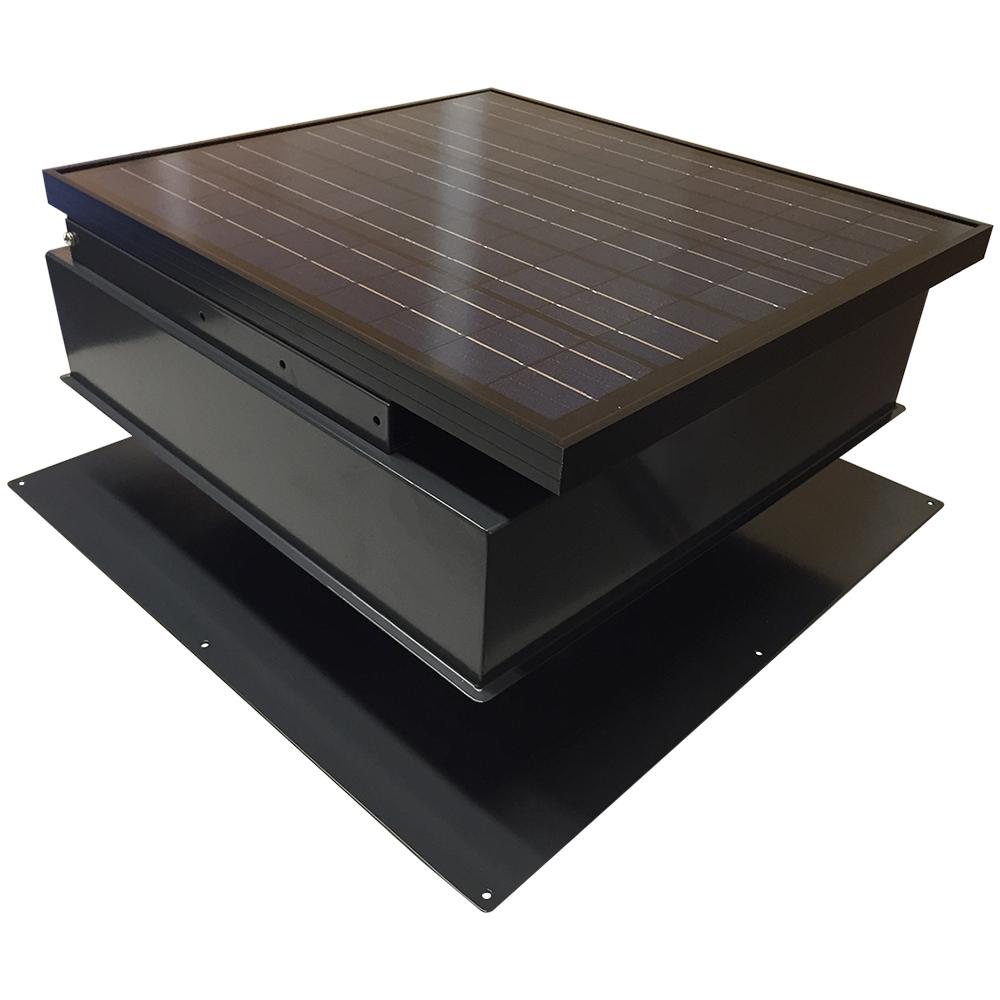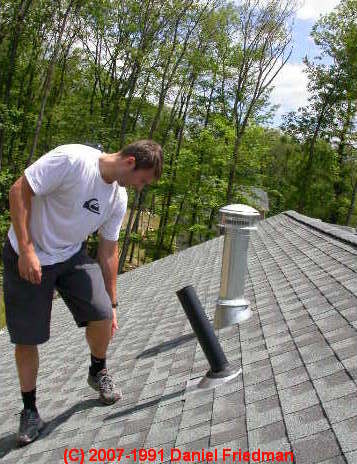Router Out Roof Vent Blocking

Inspect for weather damage such as cracks loose vents or broken or missing tiles around vents.
Router out roof vent blocking. If any of these issues are of concern there is another option. Below the peak of the roof. Maintaining your roof ventilation system. Locate the top of the hole about 15 in.
Turn the water on before you bring the hose onto the roof. Don t cut into any rafters. Those vents prevent overheating the delicate circuitry inside. Finally in wildfire zones floating embers can enter the vents and cause roof fires.
Shorten curtains that hang down and cover your vents. These vents need at least 10 inches of clearance to work but more clearance is better. You won t be sorry. You may also use a plumber s snake if the clog is farther down inside the vent and cannot be reached with the metal rod.
Mark the hole with chalk and set your saw depth to cut through the shingles and the roof sheathing only. Push couches chairs and cabinets out of the way so those vents are free to move the air through your home. Look inside the vent opening and clear out any debris you find. Create an unvented roof.
Unfortunately the best place to clear a blockage in a vent pipe is from the roof. Move any rugs that are covering return vents in the floor. How to clear a plugged roof plumbing stack. Remove the vent cover with the screwdriver and set it aside.
Cut a square hole in the roof the same size as the hole in the base of the vent you re installing. Your roof ventilation system should be inspected along with your roof at least every few years. Leaves debris or small animals can get into vent stacks. These vents allow water to run through your pipes correctly and empty into the sewer or septic tank.
But sometimes ice leaves and limbs or other materials plug the plumbing vents. Use a metal rod to dislodge any clogs such as leaves bird nests or other material. In hurricane prone zones with frequent high wind events vented soffit collapse can pressurize a building which can cause windows to blow out and the roof to be blown off. You ll notice the enclosure has vents on the sides which allow hot air to flow out of the router and cool air to flow in.
Look for anything that may be blocking the vent such as leaves and other debris. If you ve ever wondered why your house has those pipes sticking out through the roof they are there to help your plumbing work properly.














































